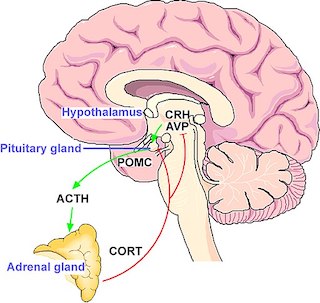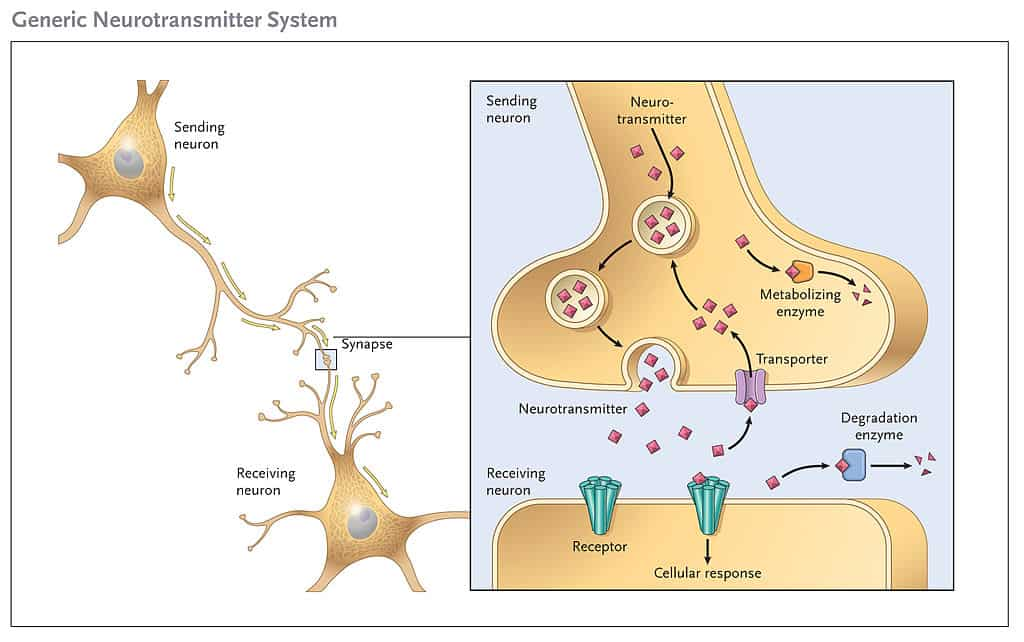
What Makes Some Essential Oils Calming?
Published by Anne Altor on Jan 27th 2024
What Makes Some Essential Oils Calming?
Are you curious about what essential oils are? If so, check out our Introduction to Essential Oils. The amazing array of plant compounds we call 'essential oils' have diverse effects on human physiology. Here, we look at what makes some oils calming to the nervous system. Why does the scent of cedarwood or lavender help many people to relax and calm down? What is it about vetiver oil that helps deepen your sleep cycles?
First, What is Stress?
We all know what stress feels like! Whatever the sources of our stress, we feel its effects in our body/mind because of how stress acts on the central nervous system (CNS). When we're stressed, hormones such as cortisol are released via the hypothalamic–pituitary–adrenal (HPA) axis.
The sympathetic nervous system (SNS) regulates our fight-flee-freeze responses. Under stress, the SNS releases the pro-inflammatory hormones adrenalin and norepinephrin, which lead to increased heart rate and blood pressure.
Chronic stress can decrease our quality of life and lead to heart disease, high blood pressure, insomnia and other problems. Essential oils can be helpful tools among healthy lifestyle practices for stress management.
The Chemistry of Calm
Essential oils (EOs) act on the CNS, with effects ranging from stimulation to depression. Calming effects are called anxiolytic (anti-anxiety), analgesic (relieving pain), antidepressant, anticonvulsant and sedative. Calming effects of EOs (and other substances) can be quantified by measuring heart rate, blood pressure, respiratory rate, brain waves, and blood corticosteroid levels.
Essential oils interact with our physiology through multiple pathways. Different EO components (for example linalool, β-pinene) can:
- Affect serotonin and dopamine levels
- Facilitate GABA activity
- Affect Na+ channels in the brain
- Stimulate neurotransmitters via the olfactory system
Serotonin and dopamine are neurotransmitters (chemical messengers) that move between nerve cells and from nerve cells to muscle cells or glands. Neurotransmitters can excite, inhibit, or modulate messages, affecting everything from heart rate and breathing to muscle movements, sleep, hunger sensations and other sensory perceptions. Serotonin and dopamine are nueromodulators, meaning they enhance the excitation or inhibition responses of receptors. Dopamine and serotonin help to regulate mood, anxiety, sleep and much more. Some essential oils (such as patchouli and cedarwood) affect dopamine and serotonin levels in the brain, possibly by interacting with the receptors for these neurotransmitters.
GABA (Gamma-aminobutyric acid) is a neurotransmitter that creates calming effects by inhibiting stimulation of nerve cells in the brain. Some EOs, such as lavender and lemongrass, activate the GABA system, helping to relieve anxiety and depression.
Sodium channels are cell membrane proteins that conduct the passage of sodium ions. Sodium channels help maintain a balance between excitement and inhibition of nerve impulses. Local anesthetics and pain-relievers work by binding to sodium channels to prevent the transmission of nerve (pain) impulses. Certain components of EOs work in the same way, by binding to and blocking sodium channels.
The physical act of smelling (olfaction) can have profound effects on our mood and physiology. "Odorants" like EOs can pass through the blood-brain barrier and stimulate the brain to release neurotransmitters including serotonin.
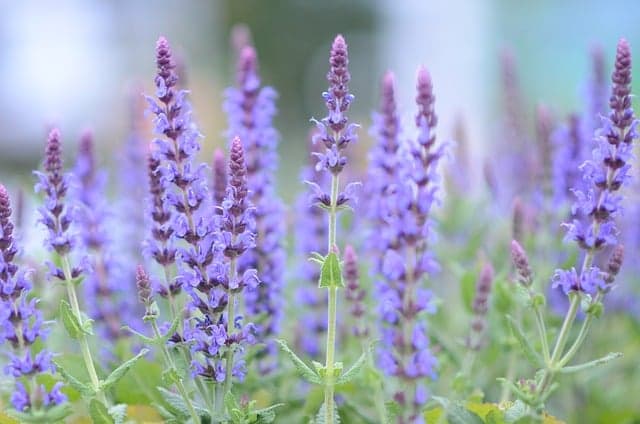
Some Calming Essential Oils
Many essential oils contain calming compounds. Some EOs that are tried, true and studied for their ability to calm anxiety, positively affect mood or promote quality sleep include:
- Bergamot (Citrus bergamia)
- Cedarwood (Cedrus spp.)
- Chamomile (Matricaria chamomilla)
- Frankincense (Boswellia spp.)
- Lavender (Lavandula angustifolia)
- Lemongrass (Cymbopogon citratus)
- Neroil (Citrus aurantium)
- Patchouli (Pogostemon cablin)
- Rose (Rosa damascene)
- Rose geranium (Pelargonium graveolens)
- Sweet orange (Citrus sinensis)
- Vetiver (Vetiveria zizanoides)
- Ylang Ylang (Cananga odorata)
Details on studies of these EOs can be found here, here and here.
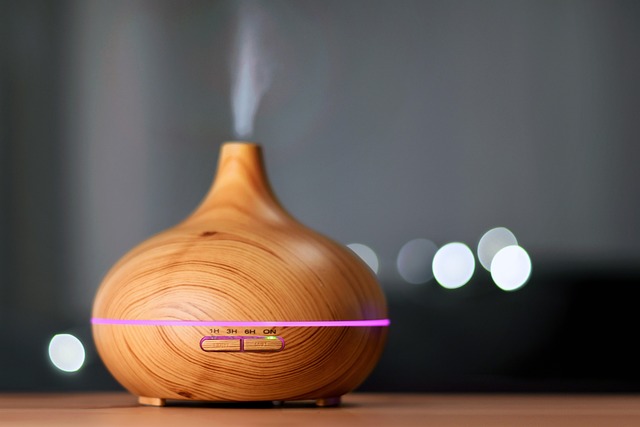
How to Use EOs for Calming
Essential oils are unique among psychoactive substances (which include pharmaceuticals), in that they have multiple potential routes of intake. Inhalation is a common way to work with EOs. Topical application that allows the oils to pass through the skin into the blood stream is another method. Some EOs can even be incorporated into suppositories.
Here are some ways to use EOs for calming:
- Add them to a diffuser or inhaler
- Apply them to your skin in a balm formulated for calming, like our Sleep Balm
- Apply calming oils to a cotton pad and put the pad under your pillow or in your clothes drawer
- Use calming oils in your everyday bodycare products such as shampoo bars or deodorants
- Make a room spray with calming EOs and distilled water: Add about 30 drops of essential oils per ounce of distilled water into a glass spray bottle. Label the bottle with the contents and date so you remember what it contains! Shake the bottle before spraying.
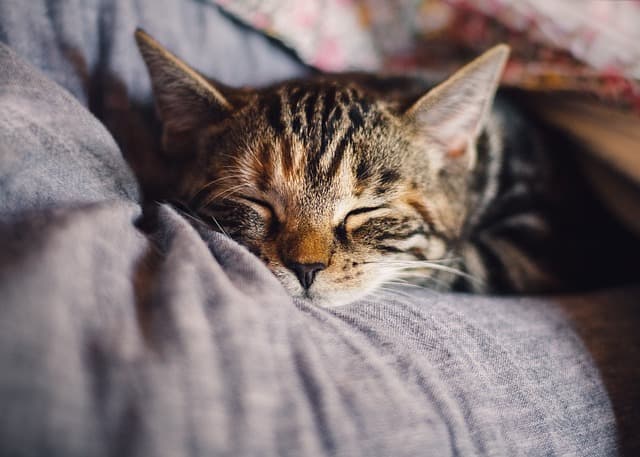
Conclusions
There is plenty of science as well as mystery behind the composition and functions of essential oils in nature, and their uses in body and healthcare, the home, perfumery and more. We'll continue our explorations of essential oils in future posts.

